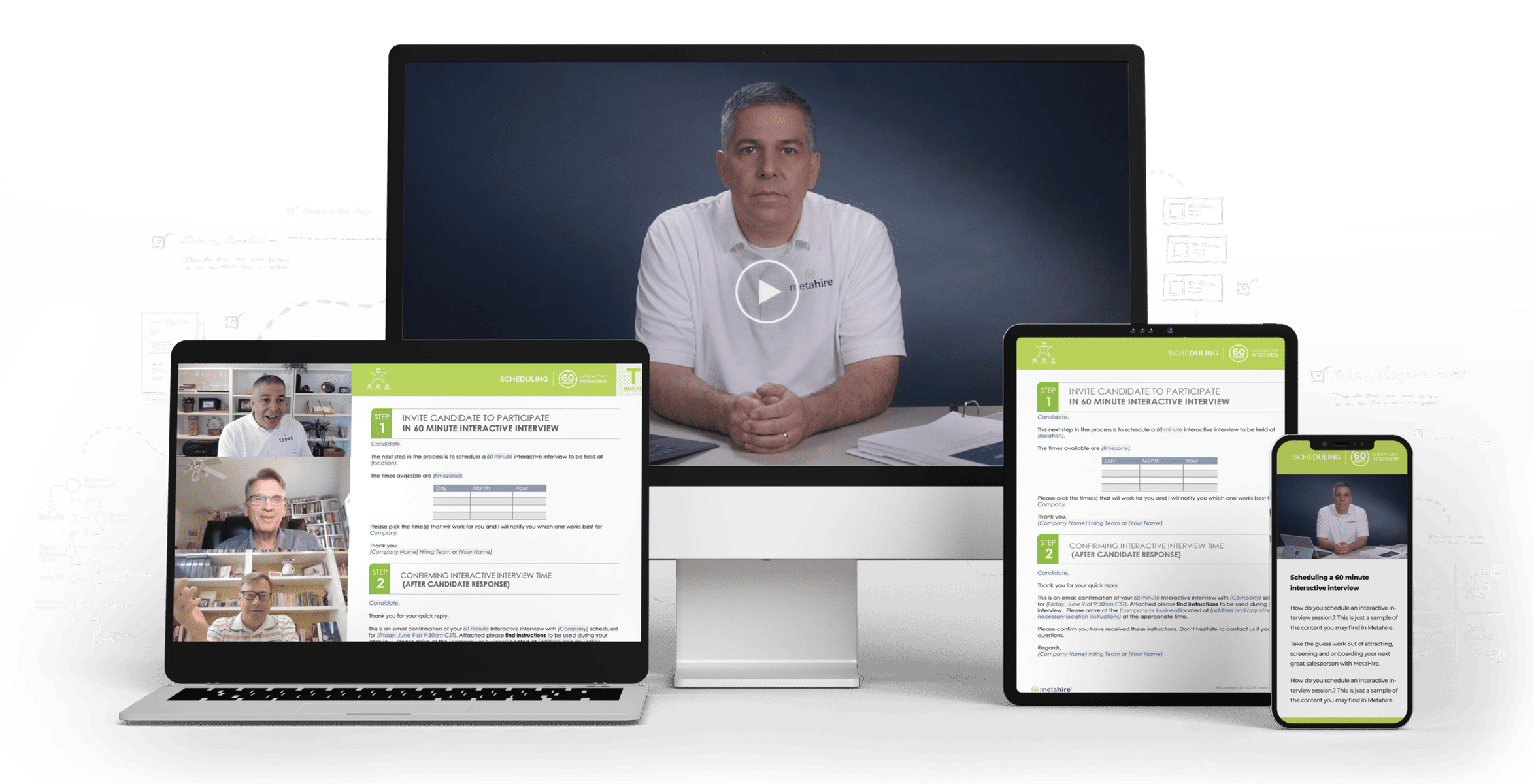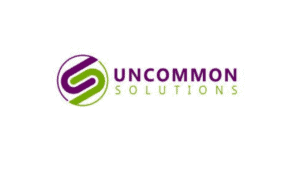Alright, let’s get real about prospecting, shall we? It’s the gritty, unvarnished truth that every salesperson knows but might not want to admit: prospecting can be a total rollercoaster of emotions. Some days, it’s like riding a wave of euphoria as you uncover hidden gems of leads and other days, it feels like you’re stuck in the prospecting swamp, sinking deeper with every call and unanswered email.
While it’s universally acknowledged as a game-changer, it’s also an area where many sales professionals encounter challenges. Perhaps you’re among those who don’t particularly enjoy the prospecting process, or you’ve struggled with consistency. It’s okay; you’re probably in the majority. Most salespeople simply don’t value prospecting in the way they should.
But here’s the remarkable truth: you can unleash its incredible potential with a few strategic adjustments to improve your prospecting process and approach.
Prospecting (when done effectively) ensures a continuous flow of potential customers, keeps your sales funnel brimming with opportunities, and sets the stage for substantial business growth. It’s the engine that propels your sales process forward, transforming occasional leads into loyal customers and pushing your business toward success.
So, ask yourself — “Why am I not doing everything I can to master my prospecting process?”
We have a few practical (and some disruptive) suggestions that should immediately enhance your prospecting process while making it a rewarding and dynamic part of your sales strategy. But before we get there, let’s cover and clear up some of the fundamentals.
The Difference Between a Lead and a Prospect
Understanding the distinction between a lead and a prospect is essential for any salesperson. This difference may seem subtle, but knowing one from the other significantly shapes your approach to the prospecting process.
What is a Lead?
A lead is an individual or organization that has shown some level of interest in your product or service. They might have signed up for your newsletter, downloaded a free ebook, attended a webinar, or engaged with your brand in any other way that indicates potential interest. However, their interest hasn’t been deeply explored yet, and they haven’t been vetted as a fitting candidate for your offering. In other words, leads are potential prospects, but the key word here is ‘potential,’ so there’s still some work.
What is a Prospect?
A prospect, on the other hand, is a lead that has been qualified. This means they have passed certain criteria that suggest they are a good fit for your product or service, and there’s a reasonable expectation that they could become customers. Prospects have not only shown interest, but they’ve also been assessed to have the need, authority, and budget to buy what you’re selling. These are people you can reasonably expect will not be a waste of your time to pursue.
At the end of the day, the distinction between leads and prospects is about qualification. While all prospects are leads, not all leads become prospects.
Your goal in prospecting is to identify and engage with leads and qualify them into prospects. Understanding this difference will help you focus your efforts and resources where they’re most likely to yield results, making your prospecting process more efficient and effective. Wasting time in your sales process on the wrong people is one of the biggest reasons traditional salespeople fail to hit quota or achieve long-term success.

Why Does Prospecting Matter in Sales?
As we said earlier, prospecting is the foundation of any sales process. The top performers on any sales team know that the more leads they bring in, the more prospects they’ll create, and eventually, the more sales they’ll close. Prospecting is a numbers game – the more you put in, the more you get out. Here are some reasons why prospecting matters in sales:
Continuous Flow of Potential Customers
Without prospecting, your sales pipeline will eventually dry up. By constantly finding and reaching out to new leads, you ensure a steady stream of potential customers entering your sales funnel. This consistent inflow is crucial for maintaining and growing your business and, ultimately, hitting your numbers.
Improved Sales Efficiency
When you know exactly who your prospects are, you can tailor your sales approach accordingly. This means you’re not wasting time on leads that are unlikely to convert but instead focusing your efforts on those with the highest probability of becoming customers. There are so many customers out there who don’t already know about your product or service – prospecting allows you to reach them effectively.
Increased Revenue
The more prospects you have, the more opportunities you have for making sales. And more sales mean increased revenue for your business. By continually filling your sales pipeline with qualified prospects, you maximize your chances of closing deals and increasing your revenue generation from one year to the next.
Better Customer Relationships
Prospecting isn’t just about finding new customers. It’s also about building relationships.
When you take the time to understand your prospects’ needs and wants, you can offer solutions that genuinely add value to their lives or businesses. This helps build trust and rapport, laying the foundation for long-term customer relationships that lead to repeat business, upsell opportunities, and referrals.

Competitive Advantage
Effective prospecting gives you a competitive edge. Not many salespeople prospect consistently, so if you can develop a routine to identify and reach out to potential customers before your competitors do, you increase your chances of winning their business.
Now that we’ve covered the basics, we can offer suggestions for refining your prospecting strategy to reach and engage with potential customers more effectively.
1. Ensure Your Prospects Are Worth Pursuing
Ensure they meet your qualification criteria before investing time and resources into a lead. Suppose past experiences, available information about the lead, or market research suggest that pursuing a particular account will likely lead to a difficult conversation or a poor fit. In that case, it’s wise to rethink your approach. While letting leads go sometimes is challenging, you must accept that not everyone is a good fit for your product or service.
It’s also worth mentioning that a carefully selected prospect is more likely to become a loyal customer over time. When your product or service aligns well with their needs and expectations, they will likely remain satisfied and stick around for the long haul. This, in turn, can lead to more referrals, some of the best leads you can get (more on that later).
2. Embrace Technology to Streamline Your Efforts
Sales professionals in our modern-day sales world are armed with endless technology options to help them prospect more efficiently. From AI-powered lead generation tools that work with LinkedIn to copywriting assistants like ChatGPT to complex CRM systems, there’s no shortage of technological support to streamline your prospecting process. Embracing these tools can help you identify leads, track and manage interactions with prospects, and ultimately close deals faster. No, AI will not replace you as a salesperson — you must adapt to it and learn how to use it to your advantage.
Traditional salespeople lean into tried and true methods like cold calls, emails, and networking events. While these techniques can still be effective, they often require much time and effort to reach the right people. And frankly, most people are burned out by the constant old-school contact attempts. Using technology to your advantage, cast a wider net and save time by focusing on the most promising leads.
3. Personalize Your Outreach and Engagement
Gone are the days of one-size-fits-all sales approaches. With so much competition and information available, today’s consumers expect a personalized experience from start to finish. This includes the prospecting stage — simply sending out generic mass emails or LinkedIn messages won’t cut it anymore.
Instead, take the time to research your prospects, understand their pain points, and tailor your outreach and engagement accordingly (and don’t be afraid to ask questions). This personal touch can make all the difference in standing out from other salespeople and building genuine connections with potential customers. Few people will expect this level of effort from you, making it a great way to differentiate yourself and make a lasting impression.
4. Engage with Prospects on Social Media
“Meet your customers where they are” is a standard piece of advice in sales, and it couldn’t be more true regarding social media.
Social media platforms like LinkedIn, Twitter, and Instagram offer invaluable opportunities for engaging with potential customers organically (and for free). This can involve sharing relevant content, commenting on industry discussions, or reaching out directly to prospects through these channels. This approach can help you build trust with prospects and establish yourself as a credible expert when done correctly.
Some sales leaders, entrepreneurs, or industry professionals have taken to LinkedIn with thought-leadership-style content focused on sharing insights, tips, and trends related to their products or services. This type of content can attract leads organically and spark meaningful conversations with potential clients. Don’t underestimate the power of social media in your prospecting strategy – it’s a great way to connect with prospects where they’re already spending a lot of their time.
5. Leverage Referrals
Last but certainly not least, take advantage of the power of referrals. Salespeople who consistently ask for referrals and actively seek them out have a considerable advantage over those who don’t.
Think about it — when someone reads a testimonial or receives a recommendation from a trusted friend or colleague, they’re much more likely to take action and give your product or service a chance. These leads are also often easier to close since they already have some trust in you and your business, so why wouldn’t you want to tap into this goldmine?
Referral strategies can include asking for referrals directly after closing a deal and leveraging referral programs or incentives for current customers established by your company (if available). No matter what approach you take, incorporating referrals into your prospecting strategy can pay off big time in the long run.

Follow Through in Your Follow-up
One of the biggest mistakes is giving up on a lead after just one or two attempts at contact. The truth is, most prospects won’t convert after just one interaction – it often takes multiple follow-ups to initiate a face-to-face, video, or phone conversation.
So —- be persistent in your follow-up efforts and tailor your approach based on the prospect’s previous responses. For example, if they haven’t responded to emails, try reaching out through a different channel like social media. Offering value-added content or personalized materials can entice prospects to engage with you. Ultimately, it’s all about finding the balance between being persistent and not being pushy.
Stay Consistent and Adapt as Needed
Consistency is key in any prospecting strategy. Set aside time each day or week to focus solely on prospecting and stick to it. Make sure you’re using your CRM system to track leads, interactions, and follow-ups so no one falls through the cracks.
At the same time, what works today may not work as effectively tomorrow — so be open to adapting your approach as needed. Not every strategy will work for every salesperson or industry, so don’t be afraid to experiment and find what works best for you.
And remember to track your progress and continuously analyze the effectiveness of your efforts to make informed decisions about where to focus your energy. You can take your prospecting game to the next level with the right tools, techniques, and mindset.
The Next Steps to Improve Your Prospecting Process
Following these tips and refining your prospecting strategy can increase your chances of winning business and building long-lasting relationships with potential customers. Remember that every industry and company is different, so it’s important to tailor these suggestions to fit your unique situation and target audience. Remember to stay persistent, be open to new tools and techniques, and always prioritize personalization in prospect interactions. If you need help building a more structured prospecting or sales process for you or your team, reach out to our sales trainers. Good luck with your efforts!







